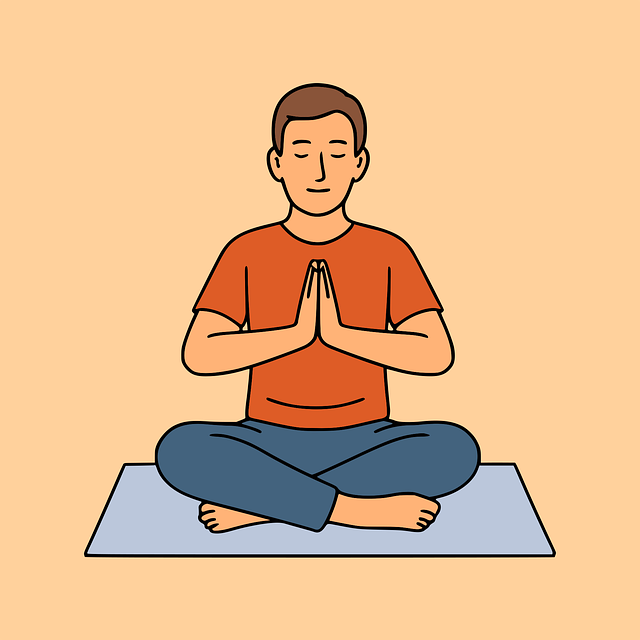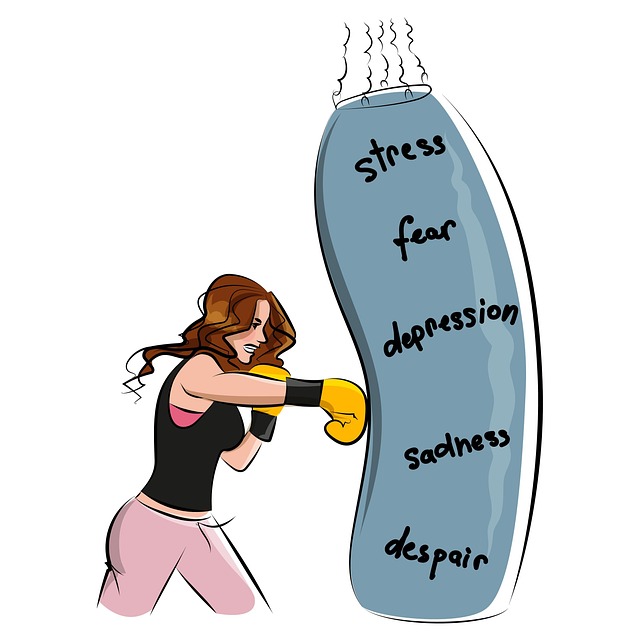Mindfulness meditation is a holistic component of Broomfield Chronic Pain Therapy, addressing pain's mental and emotional roots. Creating a dedicated home space with calming elements enhances its effectiveness. Beginners can start with short sessions, focusing on breath awareness or body scans, gradually increasing duration and incorporating various mindfulness techniques. This practice complements Broomfield Chronic Pain Therapy by improving mental wellness, reducing stress, and promoting positive changes in pain perception through proactive self-care.
Discover the transformative power of mindfulness meditation with this comprehensive guide, designed to offer Broomfield chronic pain therapy like never before. From understanding the benefits of mindfulness for managing persistent pain to setting up a serene home practice, we’ll explore effective techniques and tips. Learn how to integrate mindfulness into your daily routine for lasting relief and improved well-being.
- Understanding Mindfulness Meditation for Chronic Pain Relief
- Setting Up Your Mindful Meditation Practice at Home
- Common Techniques and Tips for Effective Session
- Integrating Mindfulness into Daily Routine for Long-term Benefits
Understanding Mindfulness Meditation for Chronic Pain Relief

Mindfulness meditation has emerged as a powerful tool for managing chronic pain, offering a holistic approach to Broomfield Chronic Pain Therapy. Unlike traditional methods that focus solely on treating symptoms, mindfulness practices target the root causes of discomfort by fostering mental wellness and cultivating emotional intelligence. By encouraging individuals to observe their thoughts and sensations without judgment, mindfulness meditation helps build inner strength and resilience against chronic pain.
This ancient technique enables people to develop a deeper understanding of their bodies’ signals, allowing them to respond mindfully rather than reacting impulsively to pain. As a result, practitioners gain better control over their emotional responses, enhance their overall well-being, and promote positive changes in their perception of pain. Incorporating mindfulness into daily routines can be a game-changer for those seeking effective Broomfield Chronic Pain Therapy alongside inner strength development.
Setting Up Your Mindful Meditation Practice at Home

Creating a dedicated space at home for your mindfulness meditation practice can significantly enhance its effectiveness. Start by finding a quiet area where you won’t be disturbed. This could be a corner in your bedroom, a small study, or even a comfortable chair in your living room. Transform this space into a sanctuary for your mind by using soft lighting and perhaps some calming scents like lavender to foster relaxation. A simple altar with objects that remind you of peace and tranquility can also help center your thoughts.
Remember, mindfulness meditation is not about achieving perfection but about being present in the moment. So, make sure your space reflects a sense of calm and invites you to pause and breathe. Just as Broomfield Chronic Pain Therapy focuses on holistic approaches to healing, setting up your home practice involves creating an environment that supports both physical comfort and mental peace. Incorporate conflict resolution techniques and self-esteem improvement strategies into this ritual, and consider attending stress management workshops for additional tools and inspiration.
Common Techniques and Tips for Effective Session

Incorporating mindfulness meditation into your routine can be a powerful tool for managing chronic pain and enhancing overall well-being, as recommended by Broomfield Chronic Pain Therapy experts. A typical session involves focusing on breath awareness, body scans, or guided visualizations to cultivate present-moment awareness. For beginners, starting with just a few minutes each day and gradually increasing the duration can make this practice more manageable. Using a timer ensures you don’t get distracted, allowing your mind and body to fully engage in the experience.
Effective mindfulness sessions also rely on consistent environment setup and comfortable positioning. Creating a calm, quiet space free from distractions helps maintain focus. Whether sitting on a cushion or chair, ensuring good posture prevents physical discomfort that might divert your attention. Incorporating mental health education programs designed around mindfulness can further enrich your practice, fostering inner strength development and heightened mental health awareness.
Integrating Mindfulness into Daily Routine for Long-term Benefits

Integrating mindfulness into your daily routine can seem daunting, but it’s a powerful tool for long-term mental and physical health, particularly when combined with Broomfield Chronic Pain Therapy. Start small by dedicating just 10 minutes each day to mindful practices like deep breathing exercises or a brief meditation session. Consistency is key; regular practice has been shown to reduce stress, improve focus, and enhance overall well-being. Over time, you can expand your mindfulness routine to include activities like mindful walking, eating, or even simple tasks like brushing your teeth with full attention.
This integration doesn’t just benefit your mental wellness; it can also offer complementary support for managing chronic pain. Incorporating self-care practices such as mindfulness alongside professional therapy, like Broomfield Chronic Pain Therapy, allows you to take a proactive approach to your health. Communication strategies and even journaling exercises focused on mental wellness can further enrich your journey. Remember, making mindfulness a consistent part of your routine is an investment in your long-term happiness and well-being.
Mindfulness meditation offers a powerful tool for managing chronic pain, as evidenced by its growing popularity in Broomfield Chronic Pain Therapy. By integrating this practice into your daily routine, you can achieve long-term benefits that extend beyond pain relief, fostering overall well-being and resilience. The techniques and tips outlined in this article provide a solid foundation for setting up and maintaining a consistent mindfulness meditation practice at home, enabling you to harness its transformative power.














